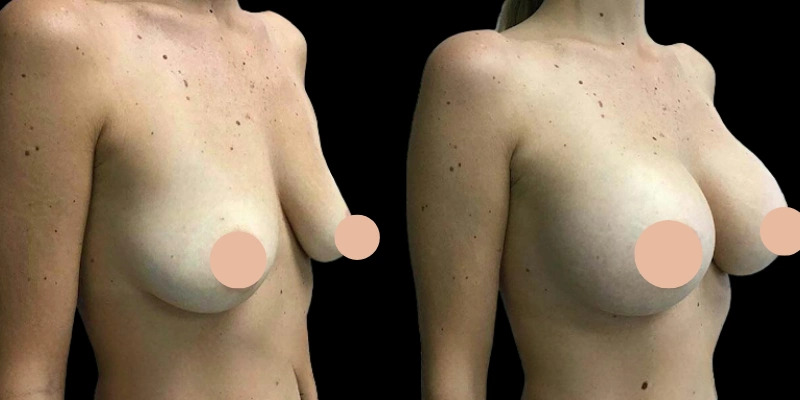
Introduction
Embroidery digitizing has revolutionized the way we create custom designs for clothing, accessories, and home decor. If you’re looking to convert a JPG image into an embroidery file, you might be searching for “JPG to DST” or “JPG to PES”—two of the most popular embroidery file formats.
In this blog, we’ll explore:
-
The difference between DST and PES files
-
How to convert JPG to DST
-
How to convert JPG to PES
-
Best tools and software for conversion
-
Tips for optimizing your designs
Whether you’re a hobbyist or a professional embroiderer, this guide will help you transform your favorite images into stitch-ready embroidery files.
Understanding JPG, DST, and PES Files
What is a JPG File?
A JPG (or JPEG) is a common image format used for photographs and digital graphics. However, JPGs are raster images, meaning they are made of pixels and cannot be directly used by embroidery machines.
What is a DST File?
A DST (Data Stitch Tajima) file is a popular embroidery format primarily used in commercial embroidery machines, especially Tajima machines. It contains stitch data, thread colors, and machine commands.
What is a PES File?
A PES (Brother Embroidery Format) file is used by Brother embroidery machines. Like DST, it includes stitching instructions, but it is more common among home embroidery machines.
Both DST and PES files are vector-based, meaning they store information as paths rather than pixels, making them ideal for embroidery.
How to Convert JPG to DST
Converting a JPG to DST requires embroidery digitizing software. Here’s a step-by-step guide:
Step 1: Choose the Right Software
Popular software options include:
-
Wilcom EmbroideryStudio (Professional)
-
Hatch Embroidery (User-friendly)
-
Pulse Tajima DG/ML (For Tajima machines)
-
Ink/Stitch (Free & Open-source)
Step 2: Import the JPG Image
Open your software and import the JPG file. Ensure the image is high-resolution for better accuracy.
Step 3: Digitize the Image
-
Use auto-digitizing tools (for simple designs) or manually trace the design for better precision.
-
Adjust stitch types (satin, fill, running stitch) based on your design.
-
Set stitch density and underlay for stability.
Step 4: Save as DST
Once digitized, export the file in DST format, ensuring compatibility with commercial embroidery machines.
How to Convert JPG to PES
If you’re using a Brother embroidery machine, you’ll need a PES file. Here’s how to convert JPG to PES:
Step 1: Use PES-Compatible Software
Recommended software:
-
Brother PE-Design (Official software)
-
Embrilliance (Mac-friendly)
-
SewArt (Auto-digitizing)
Step 2: Import and Digitize
-
Load your JPG into the software.
-
Adjust colors and reduce complexity if needed (embroidery works best with fewer colors).
-
Manually tweak stitch directions for smoother results.
Step 3: Export as PES
Save the file in PES format, ready for Brother embroidery machines.
Best Tools for JPG to DST and JPG to PES Conversion
1. Wilcom EmbroideryStudio (Paid)
-
Best for professionals
-
Advanced editing and auto-digitizing
2. Hatch Embroidery (Paid)
-
Great for beginners
-
Includes auto-digitizing features
3. Ink/Stitch (Free)
-
Open-source alternative
-
Works with Inkscape
4. Brother PE-Design (Paid)
-
Optimized for PES files
-
User-friendly interface
5. Online Converters (Limited Use)
-
Websites like Embird Online or Stitchize offer quick conversions but may lack precision.
Tips for Optimizing JPG to Embroidery Conversions
-
Simplify Complex Designs – Too many details can make embroidery messy. Reduce colors and refine edges.
-
Use High-Contrast Images – Clear, bold images digitize better than faded or low-resolution ones.
-
Adjust Stitch Density – Too many stitches can cause fabric puckering; balance density for smooth results.
-
Test on Scrap Fabric – Always run a test stitch to check for errors before finalizing.
Conclusion
Converting JPG to DST or JPG to PES requires the right tools and techniques. Whether you’re preparing a design for a Tajima machine (DST) or a Brother machine (PES), using professional digitizing software ensures high-quality embroidery files.
For hobbyists, free tools like Ink/Stitch can be a great starting point, while professionals may prefer Wilcom or Hatch Embroidery. Remember, the key to perfect embroidery lies in clean digitizing—simplify your design, optimize stitch settings, and always test before stitching on the final fabric.
Now that you know how to convert JPG to DST and JPG to PES, you’re ready to bring your digital images to life with beautiful embroidery!



